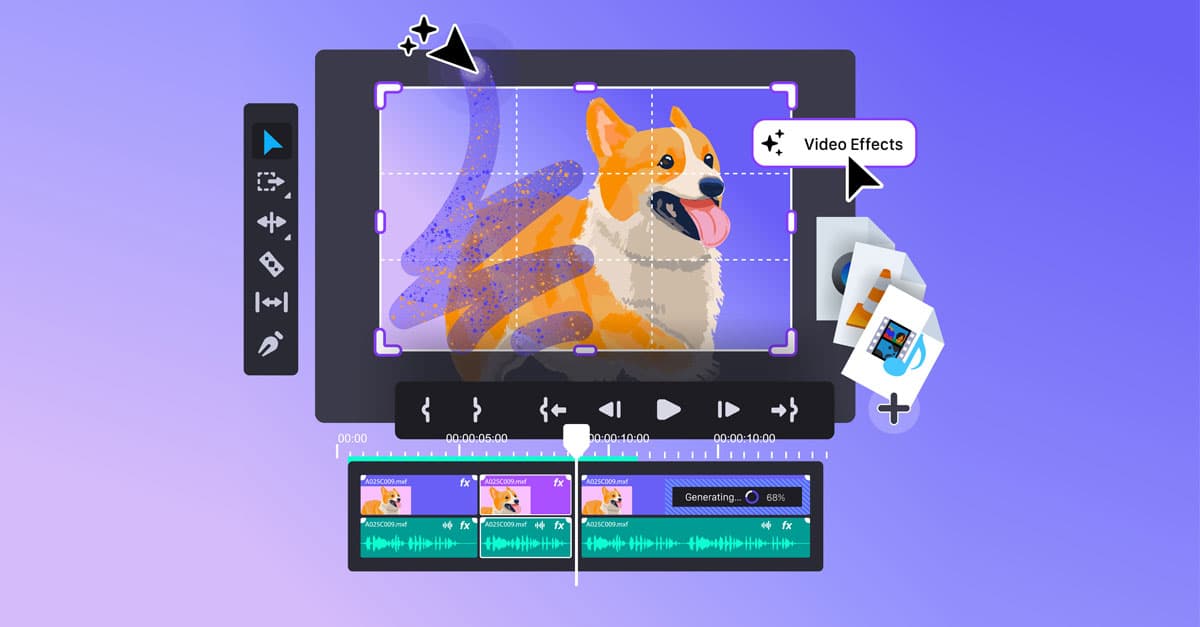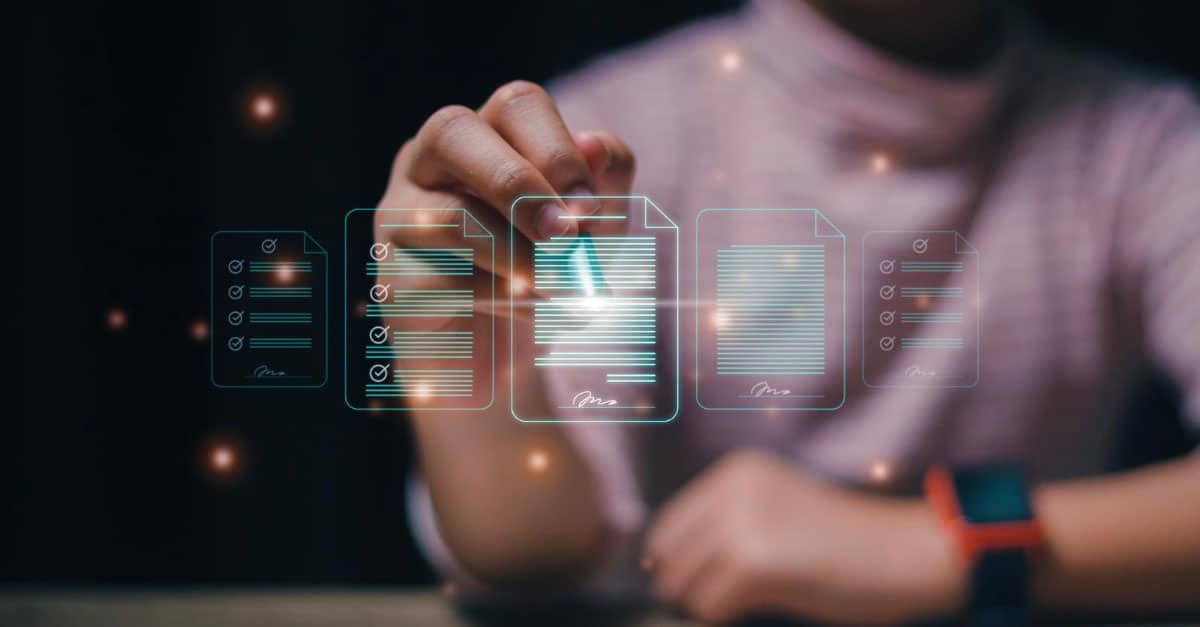Ever tapped “Submit” on a mobile app and seen a ripple animation confirm your action? Or tried skipping a form field, only to have it shake subtly, nudging you to fill it in? These aren’t just clever effects – they’re motion graphics working quietly in the background, guiding you, teaching you, and making digital experiences feel more natural.
In a world where user attention is scarce and interaction expectations are high, motion graphics have emerged as one of the most powerful (yet underused) tools in UX design – and their role is only growing in 2025 and beyond.
Let’s take a look at why motion matters more than ever – and how working with a remote graphic designer or deciding to hire a graphic designer in India can help you add the missing edge to your UX.
Motion isn’t Decoration. It’s Direction.
In a sea of digital noise, motion cuts through without yelling. It encourages users to notice, discover and engage.
- A loader animates to diminish wait anxiety.
- A circular button pulses to facilitate action.
- A swipe gesture is better than a tooltip when explaining a feature.
Before the users even ask, good motion answers all their questions.
It’s more than just better design – it’s smarter UX.
Why Motion Graphics Make UX Feel Effortless
Above functionality, good UX is all about the feeling. Motion introduces rhythm, emotion, and clarity – things that foster frictionless, memorable experiences.
1. They Guide Behavior
Motion works as a digital signpost. In silence, it tells users what to do, where to go, and what just happened.
Example: When a card slides smoothly off the screen, this indicates a successful swipe. No confusion. Just clarity.
2. They Reinforce Feedback
We respond to feedback by design. Motion lets us know “Yes, that worked,” or “Oops, try again,” in milliseconds.
A cart icon shaking when an item is added, or a like button that bounces with animation – it’s these micro-moments that reinforce satisfaction and trust at a subconscious level.
3. They Humanize the Experience
Static screens feel robotic. Motion adds life. It establishes flow, mood, and emotion – three core ingredients that make your product feel real, responsive, and relatable.
Real Brands Using Motion to Win
- Using very subtle transitions, Spotify makes playlist building feel frictionless.
- Duolingo’s mascot animates to encourage you, adding an exciting feel to language learning.
- Amazon uses a myriad of progress animations to help reduce perceived wait times and keep users informed (and be patient).
These aren’t gimmicks. You could think of them as strategic UX tools to support retention and loyalty.
But Motion Only Works When It’s Done Right
The fact is: bad animation is worse than no animation.
To deliver motion correctly, there are certain UX principles that must be followed:
- Make it valuable – Each animation must address an issue or bring clarity. If it doesn’t? Cut it.
- Make it fast – Any delay above 500ms seems slow. Speed is UX currency.
- Keep it consistent – A system should be followed by every motion: easing curves, duration, behavior – consistency adds trust.
- Make it performant – Utilize lightweight formats like Lottie so your animations render smoothly across devices.
You don’t have to wow users with all sorts of glitzy tricks. It’s seamlessness, not the spectacle that works.
Ready to Level Up Your UX Experience?
Here’s the part most businesses miss: good motion design doesn’t just happen. It’s planned, tested, and executed by experts.
That’s why brands looking to scale smart often hire a graphic designer in India or work with a remote graphic designer who brings motion expertise to the table – without inflating your budget.
This is where many brands miss the mark – motion design isn’t plug-and-play. It requires intention, timing, and an understanding of how users think and feel. To get it right, you need someone who can blend creativity with UX strategy.
That’s why growing businesses often choose to hire a graphic designer in India or work with a remote graphic designer who brings that balance of skill and cost-efficiency – without compromising on quality.
Why this works:
- India is the go-to destination for creative talent with global UX experience and in-depth knowledge of tools such as After Effects, Figma, Lottie, Principle.
- You get the flexibility to scale on demand minus the in-house hiring overheads with remote designers.
- Cost-effectiveness shouldn’t come with a compromise – get top-notch work at a fraction of the Western price point.
So, you get to harness the full potential of motion design without the budget stress.
The Takeaway: Motion Is UX You Can Feel
Motion graphics are like the emotional layer of your digital product.
It’s not a fancy new feature – it’s a way to remove the friction.
In today’s design-first ecosystem, people have high expectations but short attention spans. Motion acts as a bridge between logic and emotion, providing delightful and intuitive user experiences.
So, if you want your users to enjoy your product, take this as your sign:
- Hire a graphic designer in India who has an eye for motion.
- Or onboard a remote graphic designer who understands how to transform user interactions into journeys.
Summing Up
Users might not notice good-quality motion – but they do notice when it’s not there.
And when it’s done right, they spend more time, they engage more deeply, and they return more often.
So don’t accept inactivity. Design with movement. Design with purpose.
Create a product that works as well as it looks.
Are you ready to bring your UX to life? Take the first step and add the element often ignored by brands – motion.







